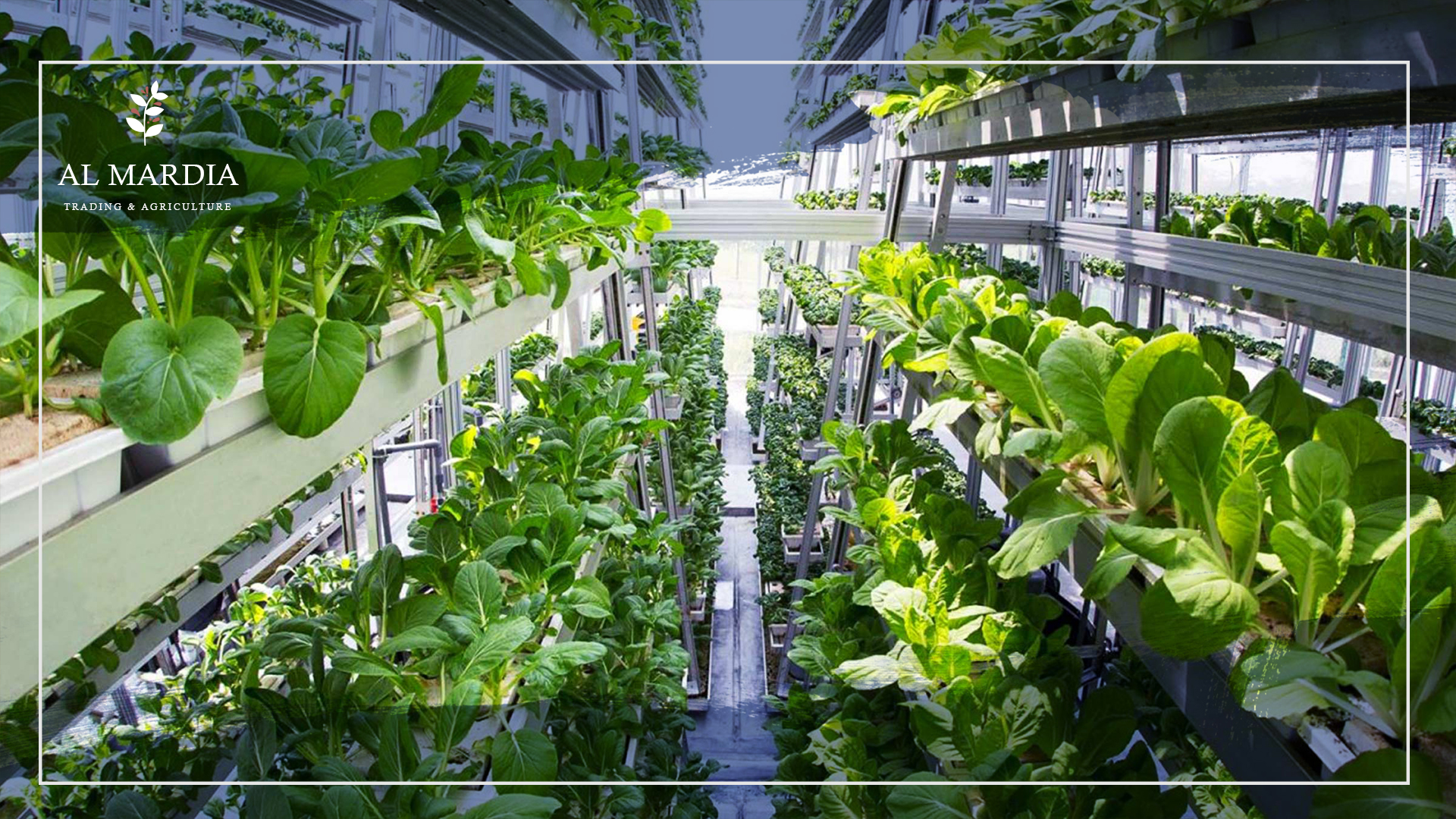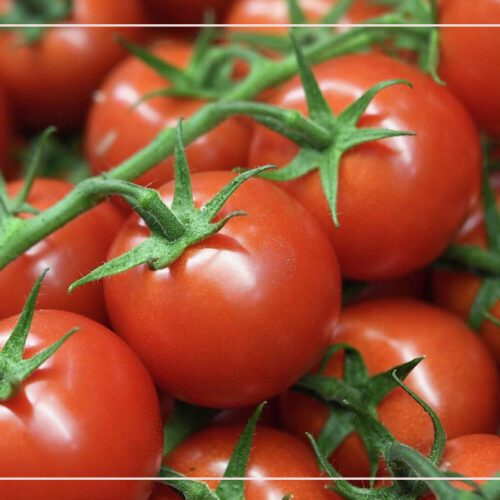
Create Your Own Living Wall Garden
There are still solutions if you are passionate about creating your perfect garden but don’t have the space for it. You can still enjoy all the benefits of greenery without taking up too much room by growing herbs, flowers, and vegetables in containers or small pots. Additionally, succulents and other easy-care plants can add a lot of visual interest to even the smallest outdoor area. In this article, we will discuss what a living wall garden is and how you can create one in your own home.
For those who have limited space but still want a thriving edible, decorative, or fragrant garden, a vertical garden with wall planters is the perfect solution. Vertical gardens help to make use of all your available space while providing you with a beautiful and functional living area.
Living wall gardens
Living wall gardens are a unique way to bring nature to your home. Not only do they look beautiful, but they can also help improve air quality and provide psychological benefits. Creating a living wall garden is easier than you think, with the right tools and some creative ideas. With the use of vertical planters and indoor plants, you can create a stunning living wall garden that will transform your space into an oasis of lush greenery.
Tips to start your living wall garden
When deciding where to place a wall planter, you should take into consideration several factors such as:
-
Light
When selecting a spot for your planter, take into consideration the amount of sunlight needed by the plant as many species require full sun to properly grow and thrive.
If your area is sunny, select plants that thrive in direct sunlight. For shadier areas, the spider plant or maidenhair fern are ideal options since they prefer low-light environments.
-
Irrigation
It’s important to know the water requirements of your plant in order to determine how close or far it should be placed from a watering source. Is this particular plant drought-resistant, or does it prefer moist and damp soil? Knowing this will help you decide the best location for your planters.
Taking proper care of your indoor plants means avoiding water spills. If you happen to spill or splash some water on your walls or floor, make sure you wipe it clean right away, so you don’t end up with a damaged surface that’s stained and ruined.
If you’re looking for something easier to manage, why not try setting up a vertical garden on an exterior wall? It’ll bring life and beauty to your home while being less demanding than other options.
-
Other plant characteristics
When selecting plants for your walls, it is wise to consider how large they will grow. Will it be an upright plant, spread out, trail, or form a mound? Will its growth be mostly vertical or horizontal? While some may prefer to have large plants on their walls, in general, it is best to opt for ones that won’t take over the space and become too much work.
If you want an upright and tall plant, then a planter placed at a lower level would be your best bet. Whereas for the plants that have a trailing growth, mounting them at an elevated position from ground level would give more of an aesthetic ‘flowing’ look.
-
Needs for fertilizers
Consistent nutrient provision is vital for the success of your plants, particularly those housed in hanging planters. The lack of soil in hanging planters heightens the importance of timely nourishment for these plants as they entirely rely on you for their nutrients.
We urge you to utilize organic fertilizers such as Turfmax instead of synthetic ones as they are much better for the environment. It contains all the essential nutrients for the grass to maintain healthy growth, even during adverse weather conditions.
Contrastingly, synthetic fertilizers can cause harm to plants and wear out the soil’s fertility over time. In comparison, organic products have a better effect on the soil and its nutrients.
What should I plant?
If you are considering vertical gardening or wall planters, some plants are better suited than others. Certain varieties do particularly well when planted in wall planters, both indoors and outdoors. These include:
Succulents
Wall planters are often filled with succulents because of their immense flexibility in different temperatures, climates, and environments. Moreover, they tend to survive without much maintenance and come in many attractive varieties. Some popular succulents are:
Echeveria
Echeveria succulents have a beautiful rosette structure and flower-like heads. During summer, they grow long flower stems that can be easily pruned. With a maximum size of 12 inches in both length and width, they make excellent indoor plants.
Echeveria thrives in arid environments, however, they are capable of enduring a certain amount of moisture.
Jade plant
Jade Plant, which is scientifically known as Crassula, is an increasingly popular succulent used indoors. The triangle-shaped fleshy leaves are a distinctive feature of this plant. As it thrives best during spring and summer, it requires more water during these seasons.
Despite the lack of water and attention, Jade Plants will still continue to survive and thrive. This makes them ideal for wall planters that are hard to reach and difficult to take care of.
Herbs
Wall planters are ideal for growing herbs. Not only do they add a unique character and charm to your home, but also provide delicious flavor to your food. Make sure you limit the number of herbs you plant in each wall planter, especially if one like mint is present as it can easily overpower the others. Popular herb choices for wall planters include:
Rosemary
The distinctive flavor of rosemary is an ideal addition to a variety of dishes and drinks, particularly during colder months. Not only does it bring out the flavor in soups and meats but also tomato and cream sauces. If you’re looking for an herb to enhance your wall planters, Rosemary is certainly a must-have. While it grows best in cool temperatures, it can also be cultivated in hot and dry climates. For this plant species to flourish and grow healthily, it needs ample lighting throughout its lifespan.
Ferns
Ferns are an excellent choice for wall planters because they’re highly adaptable and resistant to humidity. Growing them is easy and it won’t take much time before your wall planter is all green. When planting ferns on wall planters, you might want to add another plant that can provide coverage so that the ferns don’t grow downward.
Growing your own living wall is a great way to add an element of nature and beauty to any space. Not only does it look beautiful, but it also helps to purify the air and reduce noise pollution. Furthermore, you can customize your living wall with various types of plants and flowers, giving you a unique and personalized look. With the right techniques, anyone can start growing their own living wall today!
Related topic
Soil Organic Matter
Common Questions
-
What plants to use for an indoor living wall?
Popular houseplants like Peace Lilies, Boston Ferns, Chinese Evergreens ‘Silver Queen’, Parlour Palms, Maidenhair Ferns, Prayer Plants, Calatheas, and Anthurium Reds are great options for any home.
-
How do you make a vertical garden indoors?
Attach a plank of wood to an available wall. Cut plastic water bottles around their necks with a utility knife and fill them with soil. Then, hang the filled bottles in the vertical position on top of the wood plank. After that, you are ready to start growing whatever herbs you desire!
-
What is the easiest plant to grow up a wall?
Vines such as ivy and Virginia creeper have aerial roots which enable them to stick to walls and fences. On the other hand, some species of climbing plants such as honeysuckle and clematis need help in the form of a trellis or framework. In contrast, wall shrubs lack this capability and require additional training and tying in order to climb up support.





